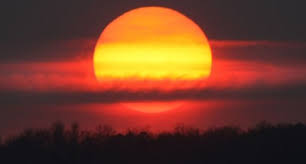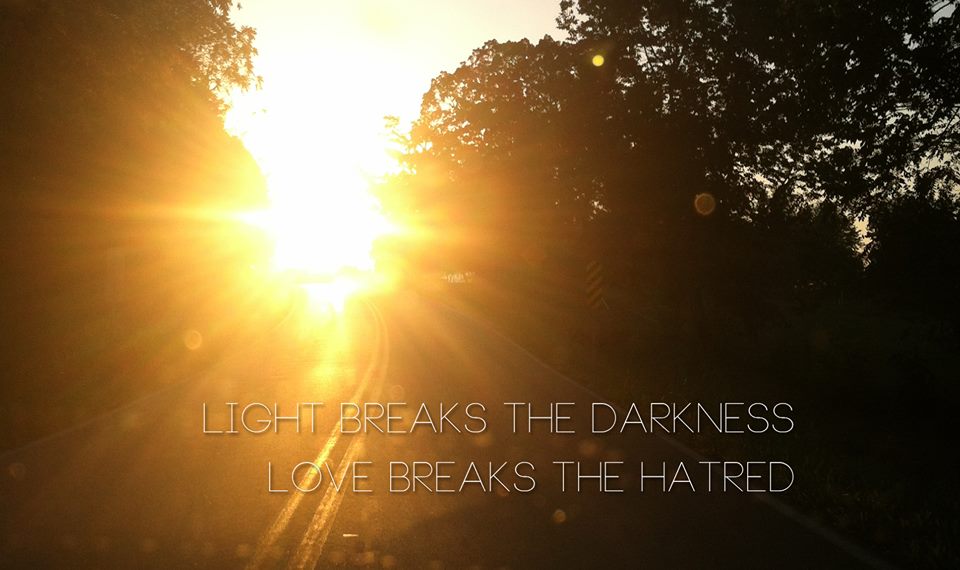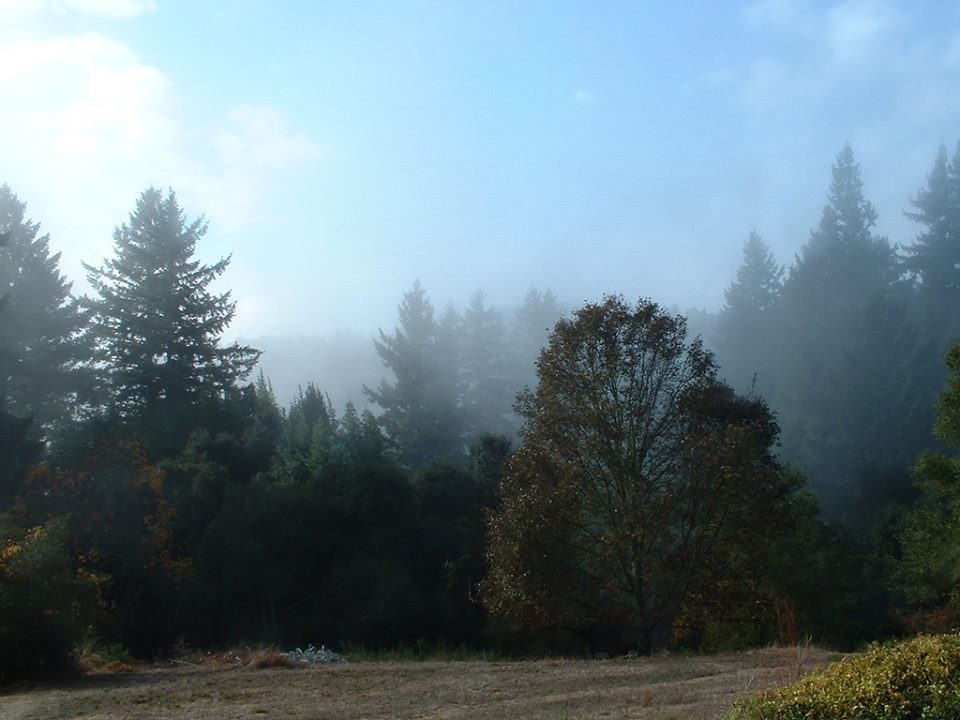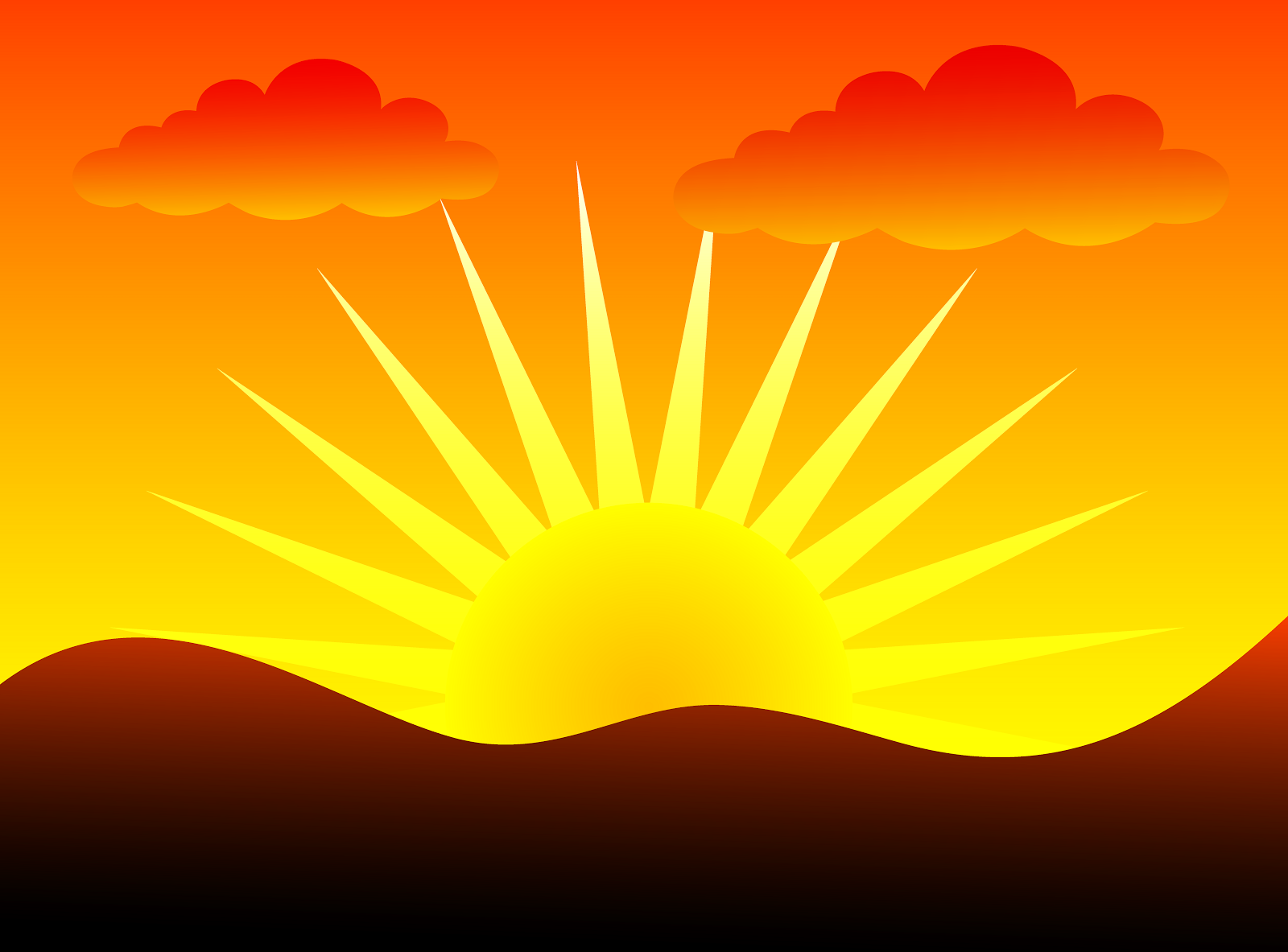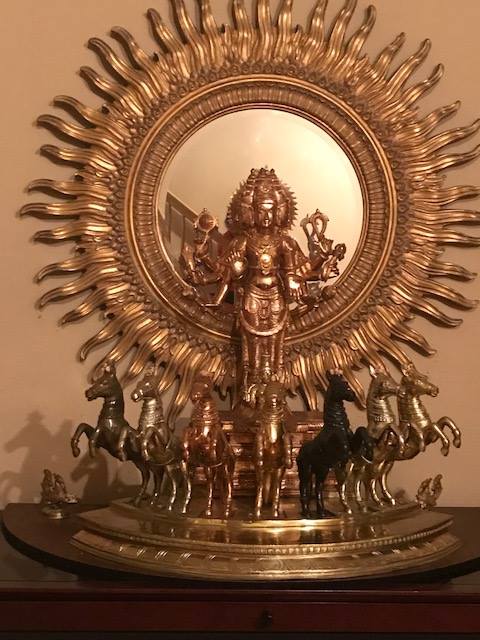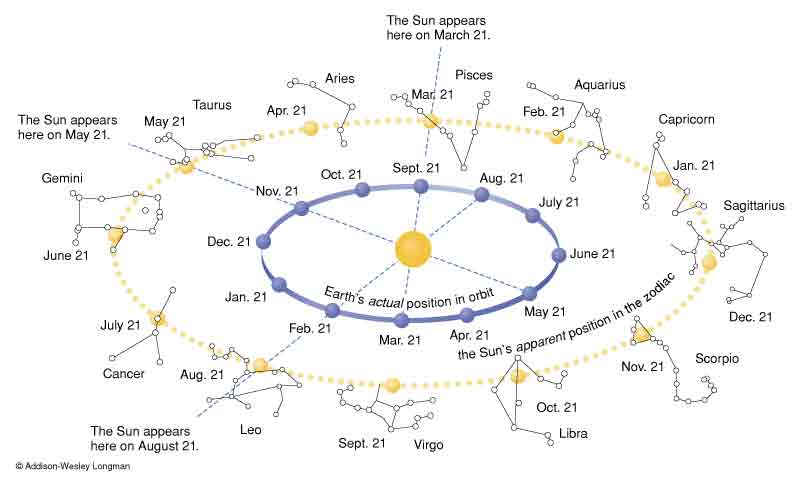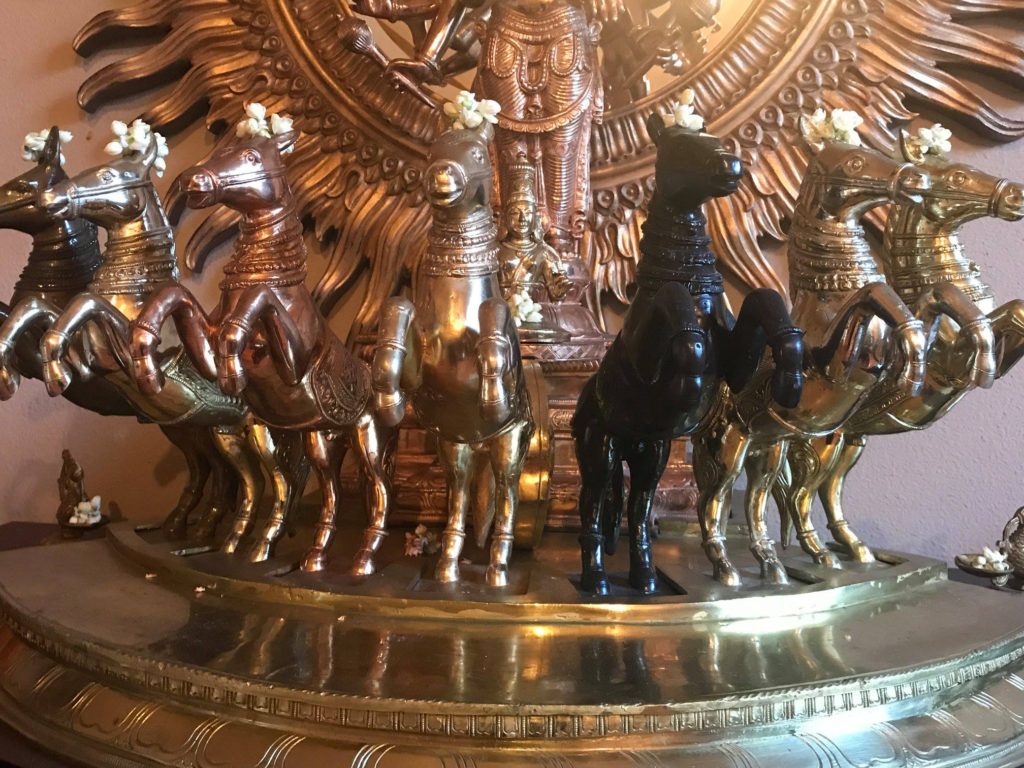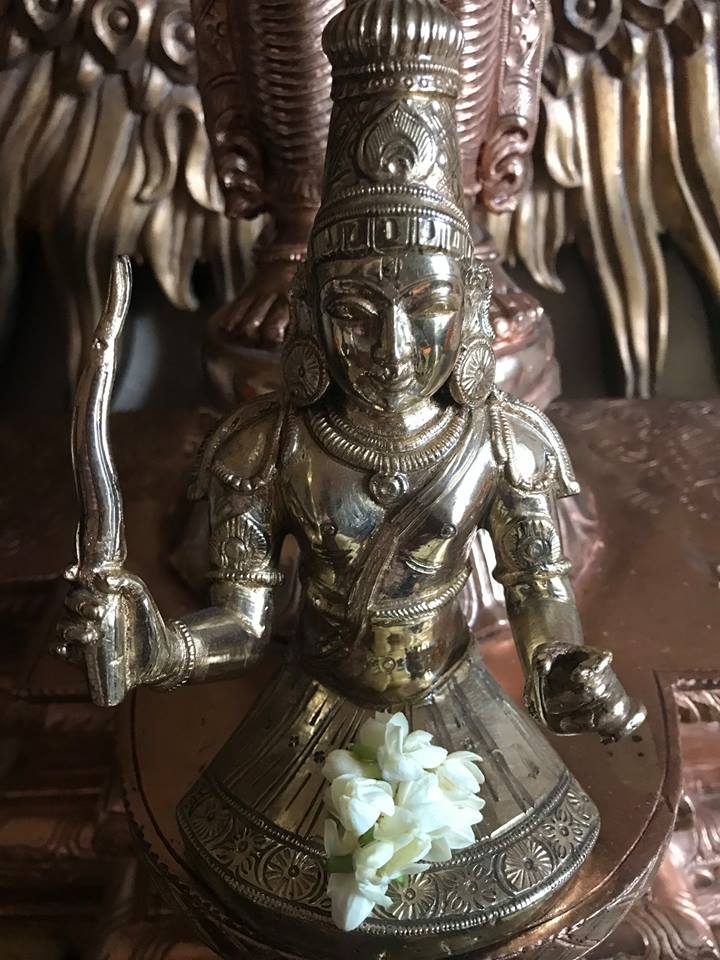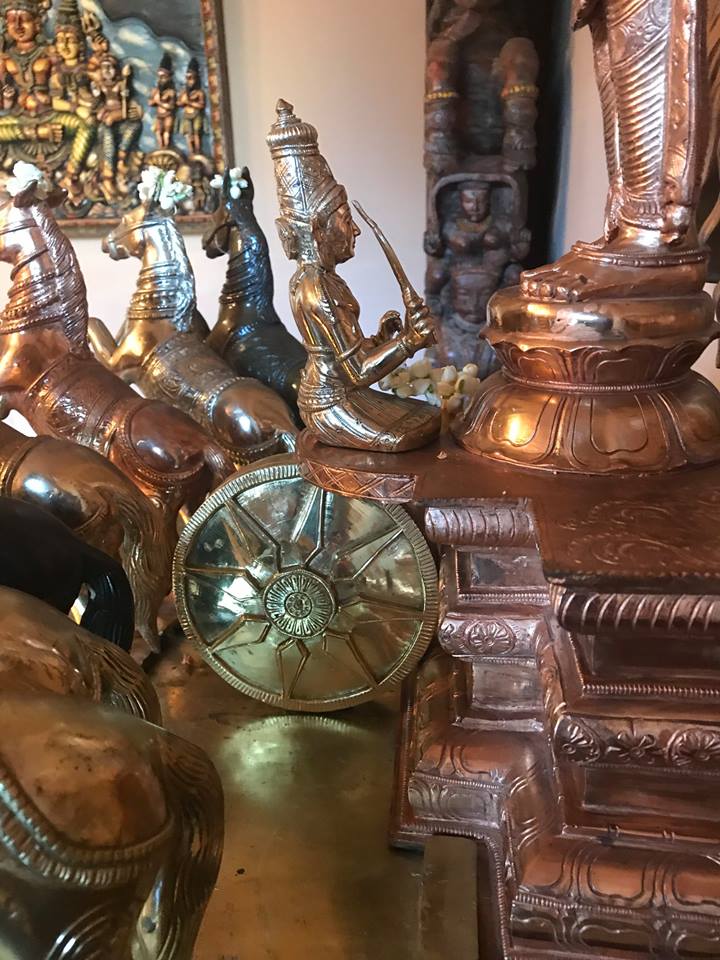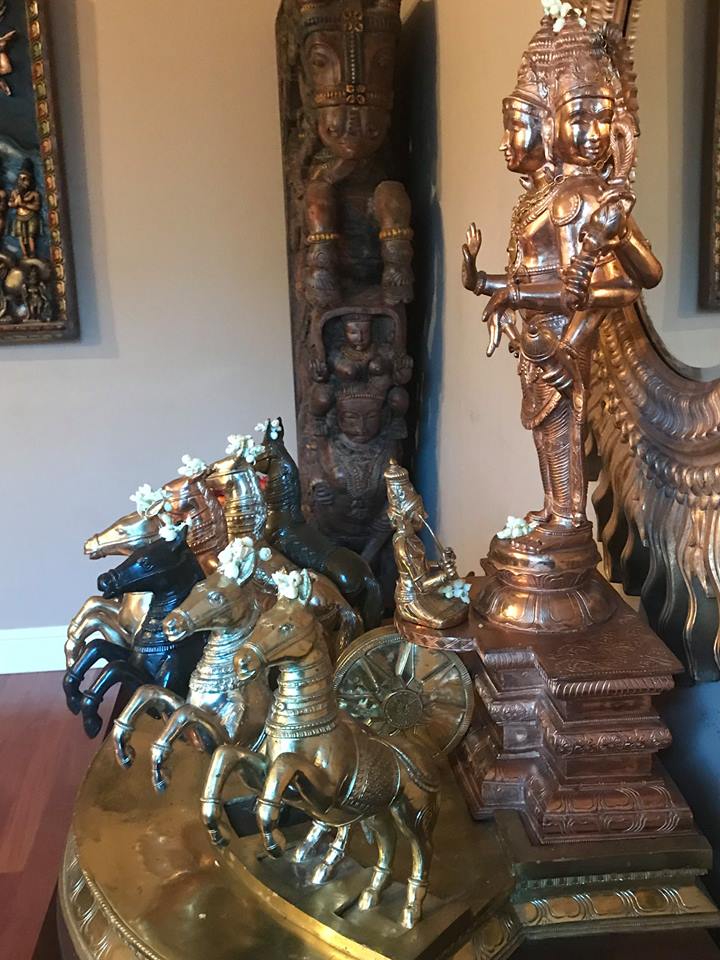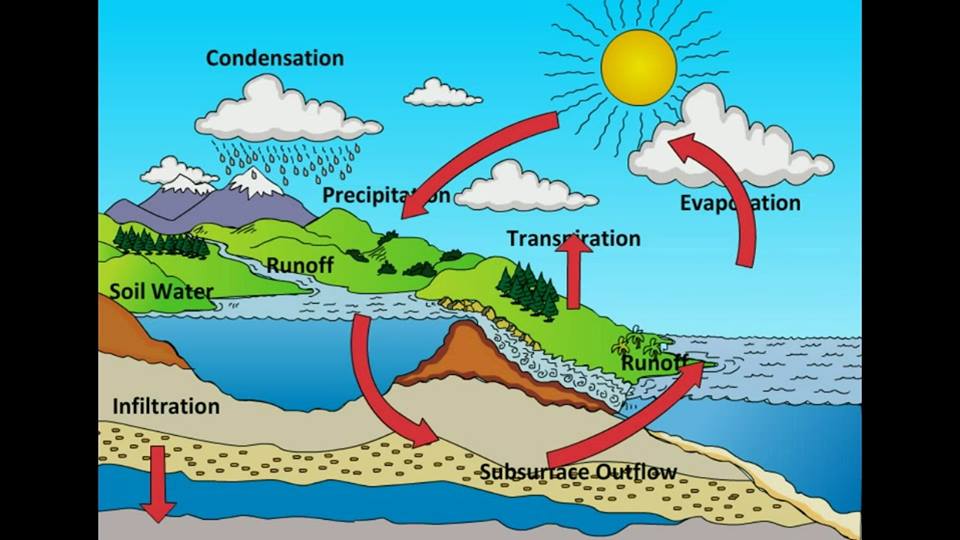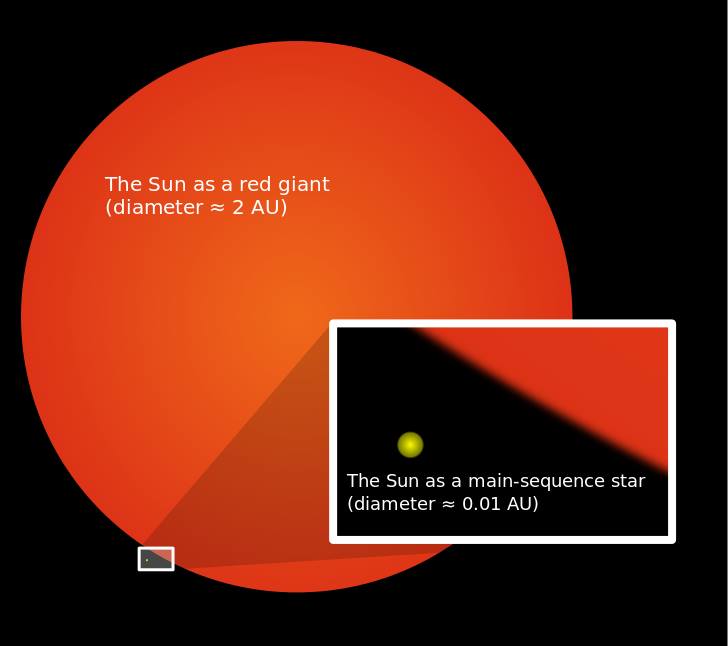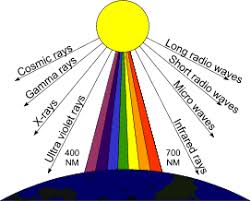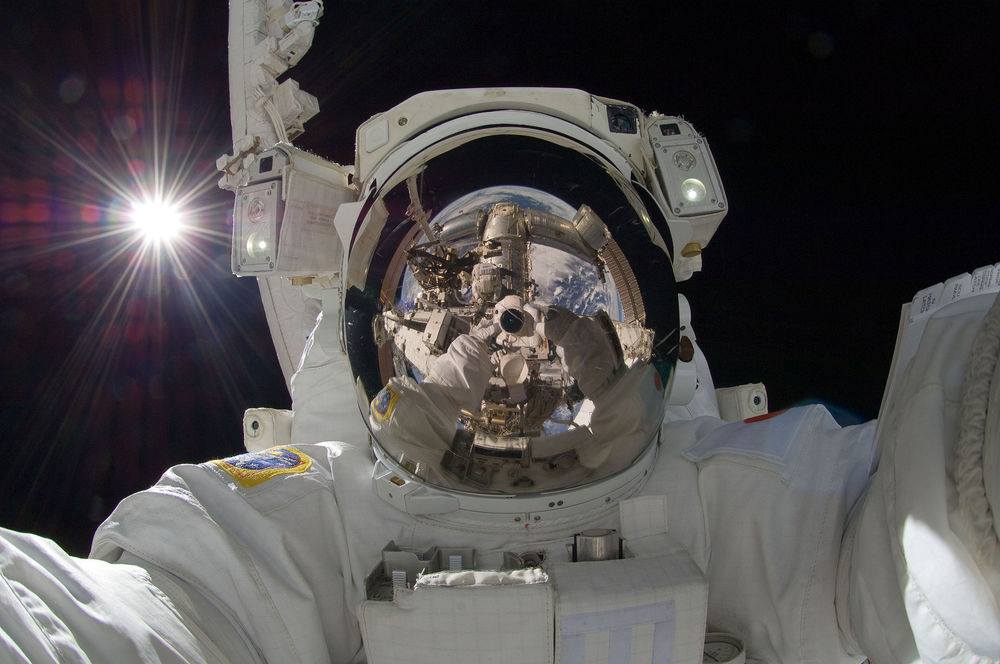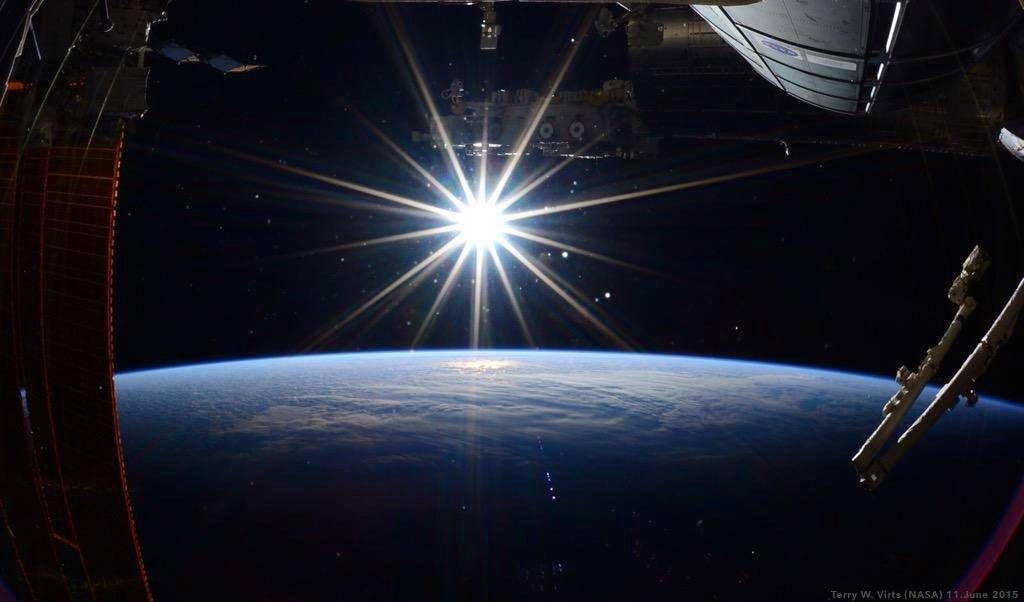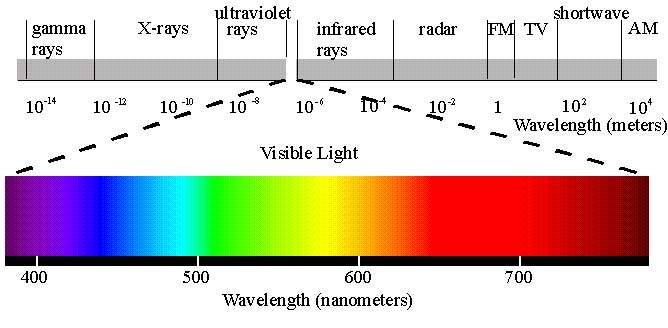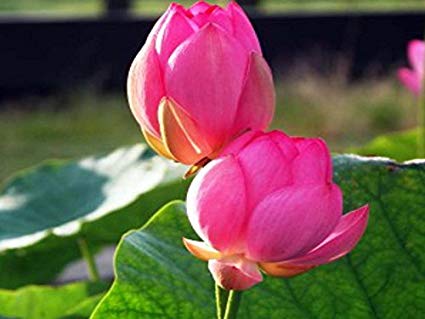Mantra Blog Aditya Hrudayam Series Week 25
Shloka Taatparyam Shloka 20
तमोघ्नाय हिमघ्नाय शत्रुघ्नायामितात्मने।
कृतघ्नघ्नाय देवाय ज्योतिषां पतये नमः ॥ 20॥
tamoGnAya himaGnAya SatruGnAyAmitAtmane ।
krtaGnaGnAya devAya jyotizAM pataye namaH ॥ 20॥
Meaning:
तमोघ्नाय tamoGnAya
Salutations to the destroyer of darkness (ignorance).
It has been repeatedly reiterated throughout this shloka that Lord Surya not only drives the darkness from the cosmos but also the inner darkness i.e. is all the negativities that are residing in us.
हिमघ्नाय himaGnAya
Salutations to the destroyer of cold, fog and snow (inertness). It is also true that Sun burns out not only the fog but also dormancy, lethargy, sluggishness,etc.
शत्रुघ्नाय SatruGnAya
Salutations to the destroyer of enemies
आमितात्मने AmitAtmane
Salutations to the God whose will power is immeasurable.
कृतघ्नघ्नाय krtaGnaGnAya
Salutations to the destroyer of the ungrateful and
देवाय ज्योतिषां पतये नमः devAya jyotizAM pataye namaH
Salutations to the Lord of all the stellar/heavenly bodies and to the God who showers light on this universe
तमो (तमस) – Darkness
घ्नाय (घ्न+आय)
घ्न – destroyer, one who negates
आय – to the one (This is caturthi vibakthi/ 4th vibakthi -Dative case )
Ex: Sooryaya namah means Salutations to Surya)
हिम – snow, ice, frost, cold
घ्नाय- to the one who destroys or negates
शत्रु – enemy
घ्नाय – to the one who destroys or negates
आमित – immeasurable
आत्मने – soul, will power
कृतघ्न – ungrateful
घ्नाय – to the one who destroys or negates
देवाय – to the God, Deity
ज्योतिषां -heavenly/celestial bodies
पतये -to the lord
नमः – Salutations, Prayers
